SNVS738H October 2011 – June 2019 LMR24210
PRODUCTION DATA.
- 1 Features
- 2 Applications
- 3 Description
- 4 Revision History
- 5 Pin Configuration and Functions
- 6 Specifications
-
7 Detailed Description
- 7.1 Overview
- 7.2 Functional Block Diagram
- 7.3
Feature Description
- 7.3.1 COT Control Circuit Overview
- 7.3.2 Start-up Regulator (VCC)
- 7.3.3 Regulation Comparator
- 7.3.4 Zero Coil Current Detect
- 7.3.5 Overvoltage Comparator
- 7.3.6 On-Time Timer, Shutdown
- 7.3.7 Current Limit
- 7.3.8 N-Channel Mosfet and Driver
- 7.3.9 Soft Start
- 7.3.10 Thermal Protection
- 7.3.11 Thermal Derating
- 8 Application and Implementation
- 9 Layout
- 10Device and Documentation Support
Package Options
Mechanical Data (Package|Pins)
- YPA|28
Thermal pad, mechanical data (Package|Pins)
Orderable Information
6.5 Typical Characteristics
Unless otherwise specified all curves are taken at VIN = 18 V with the configuration in the typical application circuit for VOUT = 3.3 V (Figure 26) TA = 25°C.



| VOUT = 3.3 V |

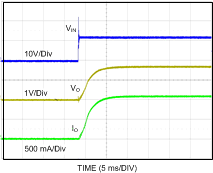
| VOUT = 3.3 V, 1-A Loaded | ||
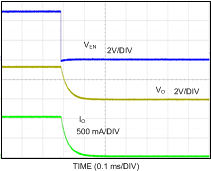
| VOUT = 3.3 V, 1 A Loaded | ||

| VOUT = 3.3 V, 0.5 A Loaded | ||


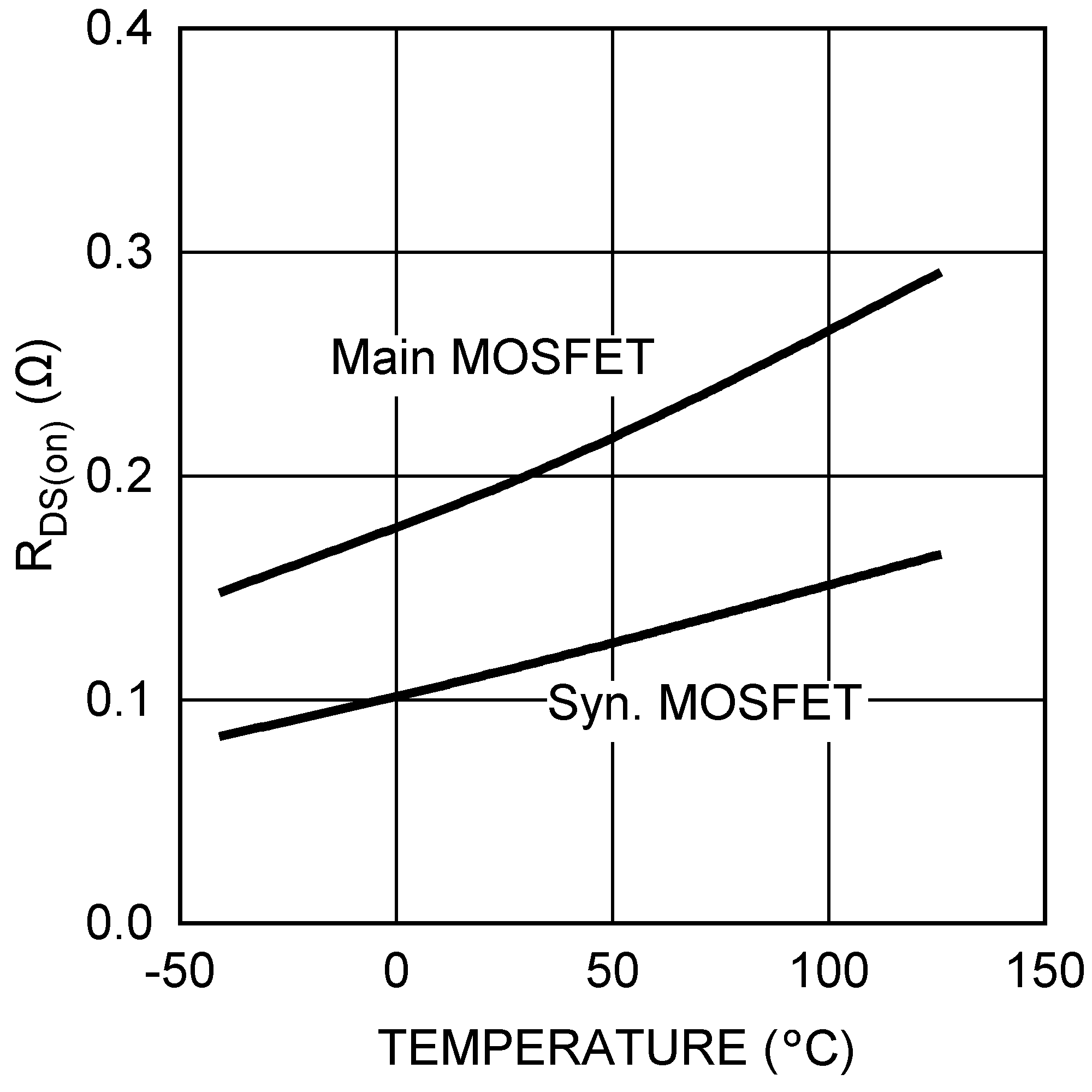

| VOUT = 3.3 V |

| VOUT = 0.8 V |
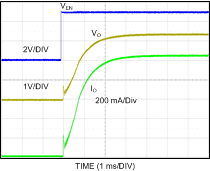
| VOUT = 3.3 V, 1-A Loaded | ||

| VOUT = 3.3 V, 1 A Loaded | ||
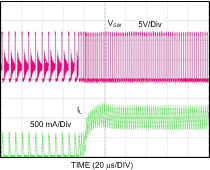
| VOUT = 3.3 V, 0.5 A to 1 A Load | ||